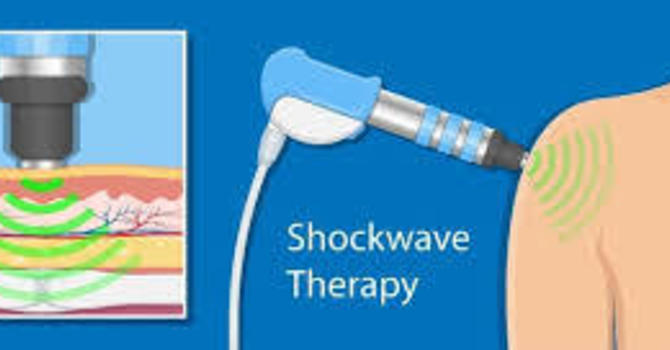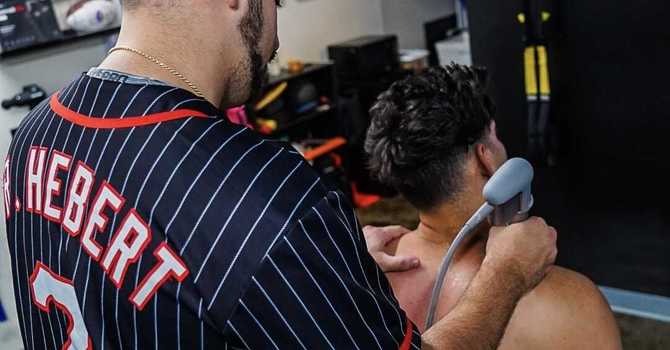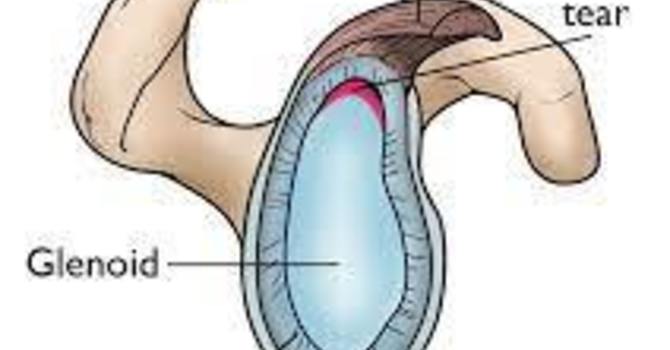Is Your Shoulder Pain Keeping You From Moving and Enjoying Life?
Lack of proper movement through the shoulder joint or pain in the shoulder can affect many of our activities of daily living such as sleeping, showering, doing chores, or being physically active. Shoulder pain can be one of the most limiting as we use our arms so much throughout our daily lives.
At Strength & Spine Chiropractic, Shoulder Pain and Injuries are the #1 thing seen in the office.
Our Process:
At Strength & Spine, Shoulder pain and injuries are the most common area we examine and treat.
The shoulder consists of bones, ligaments, cartilage, and tendons and can have a multitude of diagnoses. Chiropractic care can help with shoulder pain by providing an accurate diagnosis and determining the potential cause of shoulder pain. Sometimes shoulder pain may not even be due to dysfunction or injury to the shoulder and may be referred pain from the neck. That is why it is vital to find the root cause of your dysfunction and not just treat symptoms.
We see primarily baseball players effected with this but not limited to other overhead athletes like volleyball, tennis, lifters, crossfitters, etc. However, we have had great success also treating active populations who are committed to getting and staying out of pain. We treat everyone as if they're a professional athlete in the sense of spending 1-on-1 care with you and we're determined to help you return to doing what you love.
Common Shoulder Pain Symptoms And Conditions We Treat Are:
- Rotator Cuff Strain
- Frozen Shoulder
- SLAP Tear
- Biceps Tendinitis
- Numbness in the Shoulder
- Tingling Into Shoulder Blade
- Weakness of the Shoulder
- Painful Movement
- Pain With Throwing
- Pain With Overhead Lifting
Rotator Cuff Strain
The most common injury of the shoulder.
The Rotator Cuff is composed of the Supraspinatus, Infraspinatus, Teres Minor, and Subscapularis muscles. These muscles work to dynamically stabilize the shoulder in all movements, especially rotatory movements. Strain and tear are used synonymously often, however, full-thickness tears are more common in older populations and may not require surgery.
The Supraspinatus is the most commonly strained muscle in the shoulder. Rotator cuff strains are also the most common injury seen at Strength & Spine. A strained rotator cuff will commonly present with the following symptoms.
- Pain in the lateral aspect of the shoulder
- Pain with raising the arm out to the side or overhead
- Pain with pressing movements
- Pain in the shoulder when sleeping on it
- Weakness in the shoulder
- Decreased ability to raise the arm to the side
Research consistently shows an in-depth rehabilitation program is vital to recovering from a rotator cuff strain and reducing the risk of re-injury. It is entirely possible to recover from a full-thickness tear without surgery and Strength & Spine Chiropractic can help reduce your risk of needing surgery.
Stop letting your shoulder pain limit you. If you're in the Tampa or St. Pete area, Strength & Spine is the premiere office for shoulder injuries.
Labral Tears (SLAP Tears)
SLAP tears are common in overhead athletes, especially baseball players
SLAP tears (or lesions) are an often overlooked shoulder injury ranging from asymptomatic to debilitating pain. It is essential to understand the basic anatomy of what is occurring to understand why this happens. The labrum is a cup-shaped rim of cartilage that lines and reinforces the ball and socket joint of the shoulder. The shoulder joint is composed of the glenoid (the shallow shoulder "socket") and the head of the upper arm bone known as the humerus (the "ball"). The labrum is the attachment site for the shoulder ligaments and joints as well as the rotator cuff tendons and muscles. It contributes to shoulder stability and, when torn, can lead to partial or complete shoulder dislocation. A SLAP lesion is an acronym for Superior Labrum Anterior Posterior, the most common glenoid labrum tear as opposed to less common tears like a Bankhart Lesion or Bennett Lesion. Common Symptoms of a SLAP Tear are:
- Pain with overhead or cross-body activities
- Snapping, popping, or catching with movement
- A sense of instability in the shoulder joint
- Decreased range of motion & strength
- Prior history of overuse or direct trauma (dislocation, or instability)
The good news is the majority of the time, shoulder pain due a SLAP lesion can be treated without surgery through physiotherapy and conservative management. Because Strength & Spine works with so many baseball players and volleyball players, we have all the tools and knowledge necessary to rehab a SLAP injury in the Tampa area.
Biceps Tendinitis
Pain in the front of the shoulder with pressing and overhead use.
Biceps tendinitis is a sharp pain and discomfort felt at the top of the shoulder in the front where the biceps tendon is located. The biceps tendon is the major elbow flexor, plays a role in shoulder flexion, and is a key anterior stabilizer of the shoulder with overhead motions. Tendinitis is a term used to describe irritation of a tendon, however, in clinical terms, we now use Tendinopathy because research has shown there is no actual inflammation of the tendon when one is experiencing tendon pain.
Biceps tendinitis is caused by rapid spikes in the load of the bicep and shoulder and limited shoulder mobility and stability. For example, a weightlifter who recently started a new program and is lifting overhead or pressing a lot more than usual.
Treatment is simple and composed of:
- Shockwave therapy
- Physiotherapy aimed at shoulder mobility and stability
- Load Management advise
Frozen Shoulder
Also called Adhesive Capsulitis
The most clinical symptom of Frozen Shoulder is global loss of shoulder range of motions. Populations aged 40-65 are most commonly affected by frozen shoulder syndrome. This can be further categorized to determine whether the adhesive capsulitis is primary or secondary. Primary causes include a gradual onset of pain and stiffness whereas a secondary origin would be following an event like surgery, trauma, or other shoulder condition.
Common symptoms include
- Painful, limited range of motion
- Progressively gets worse
- Sharp pain at end range of motion
- Night pain and disturbances
Manual techniques that improve active and passive range of motion have been shown to be useful in treating Frozen Shoulder Syndrome. Treatment often includes shoulder end-range mobilization/manipulation, Winback Tecar therapy, and other active or passive stretches.
Performance Plus: Arm Care
Our Performance Plus membership is our most popular option!
The Performance Plus membership is for those who want to achieve optimal health and performance by getting bi-weekly or monthly care! The Performance Plus Arm Care membership is for any overhead athlete or weekend warrior who has an ongoing shoulder or elbow injury. The Arm Care membership is also for those who want to maintain and optimize their shoulder and elbow health to PREVENT future injury.
The membership includes:
- 1 (60-minute) appointment a month
- Manual Therapy (myofascial release/IASTM/cupping)
- Physiotherapy recommendations
- Blood Flow Restriction training/recovery
- Hyperice Venom and Freeze Sleeve use
- Chiropractic Adjustments
- AND any appropriate care needed!
Whether You Are An Athlete, A Weightlifter/CrossFitter, Or A Parent Playing With Your Kid, You Should Not Live Your Life With Daily Shoulder Pain
After proper evaluation of your shoulder pain, we use a combination of myofascial release, shoulder strengthening, shoulder stretching, extremity adjustments, spinal adjustments, and taping to help you restore proper motion and eliminate your pain.






